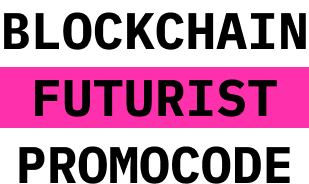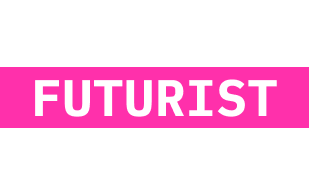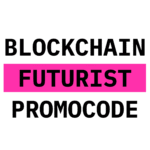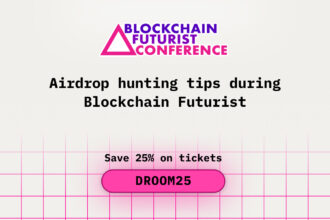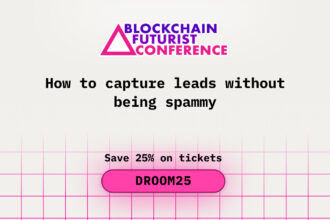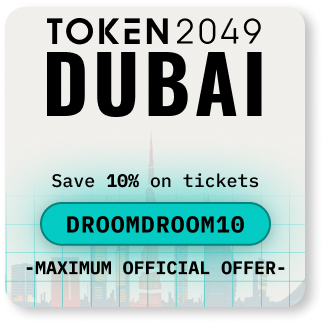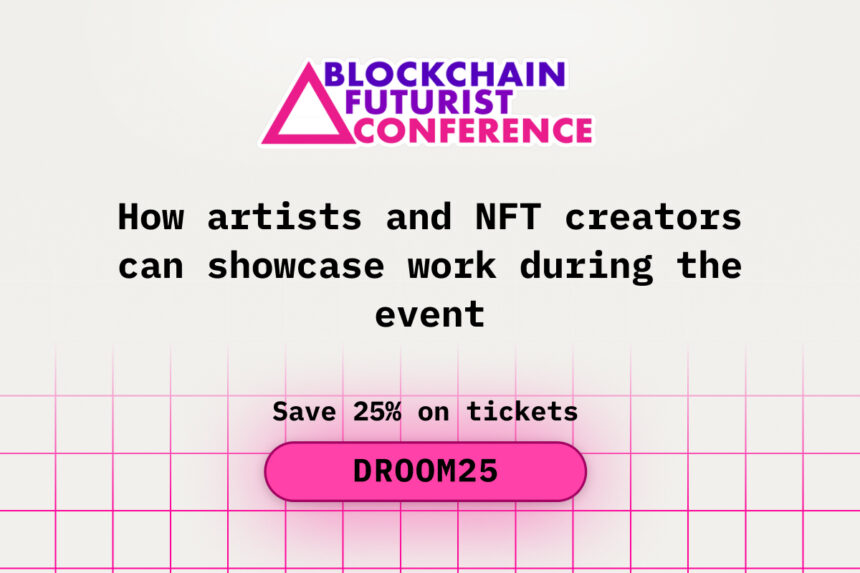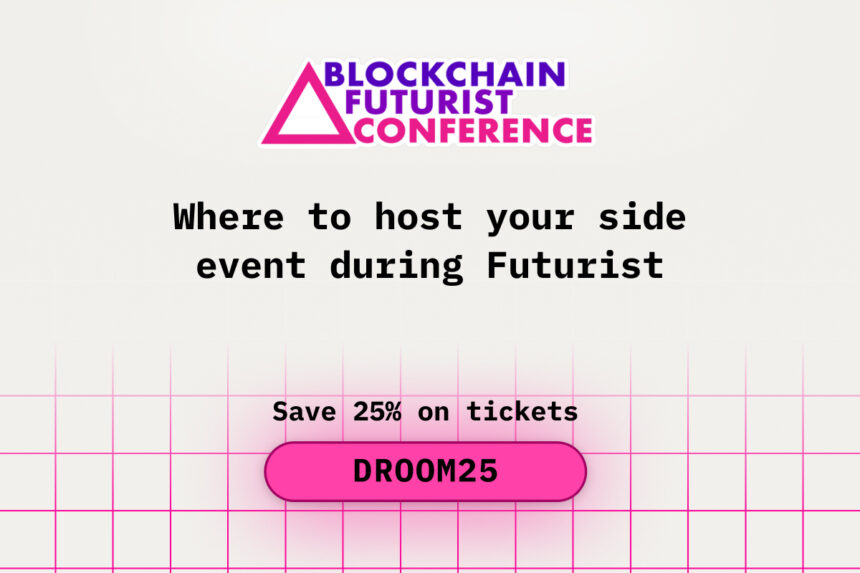Recording a podcast or shooting video content during Blockchain Futurist is an excellent way to amplify your voice, document insights, and extend your reach beyond the event. But doing so in a busy conference environment takes planning, agility, and technical foresight. Whether you’re doing interviews, panel recaps, or immersive behind-the-scenes segments, this guide will help you capture high-quality content with less friction.
- Prepare Gear & Permissions Ahead of Time
- Scout Quiet Corners & Controlled Spaces
- Plan Interview Questions & Segment Flow
- Monitor Audio & Lighting in Real Time
- Capture B-Roll & Ambient Clips for Context
- Post-Production: Quick Edits & Mobile Workflows
- Tips for Ethics, Permissions, and Respect
- Conclusion: Turn the Event into Content Currency
Prepare Gear & Permissions Ahead of Time
Before arriving, gather a lightweight but capable kit: a compact camera or smartphone with good stabilization, an external microphone (lav, shotgun, or USB), spare batteries or power banks, memory cards, small LED panels, and a tripod or rig. Also pack windshields for mics, audio cables, and adapters.
Importantly, check conference policies around recording. Some sessions may be off limits or restricted; request permission from organizers or individual session chairs when needed. Always ask consent before recording people—speakers, attendees, or panel guests.
Get 25% off your BLOCKCHAIN FUTURIST CONFERENCE ticket now with the official promo code DROOM25.
Scout Quiet Corners & Controlled Spaces
The expo floor and main auditoriums are noisy, busy, and full of interruptions—less ideal for crisp audio or controlled video. Instead, scout quieter spots: VIP lounges, cabana lounges, backstage corridors, side meeting rooms, or hotel breakout spaces. These offer better acoustics and fewer distractions.
If your booth has a corner or a wall you can transform into a mini studio, use it. Even a branded backdrop with soft lighting can work. Also try setting up during off-peak times (early morning, late evening) when foot traffic is lower.
Plan Interview Questions & Segment Flow
Before recording, prepare a flexible script or outline. Write key questions, prompts, or talking points, but allow room for ad hoc follow-ups. Structure your segments: an intro, main questions, wrap-up with a call to action or closing line.
If interviewing speakers, ask about their session takeaways, emerging trends, and what they’re watching next. For panels, record a short summary audio after the session to capture fresh impressions. For “walk & talk” style videos, prompt dynamic motion or B-roll shots while speaking—it creates visual variety.
Structure ensures you’re not awkwardly silent or scrambling for words on camera.
Monitor Audio & Lighting in Real Time
Audio and lighting are often the weak links in live recording. Always monitor your audio levels with headphones—adjust gain to avoid clipping or distortion. If using a lav mic, tape cables discreetly to avoid noise. If background hum or fan noise is present, reposition slightly or angle mic away.
Lighting: avoid backlit scenes where subjects are silhouetted. Use your LED panels or reflectors to fill shadows or soften strong light. For interviews by windows, use diffusion or shade to reduce harsh contrast. Even small adjustments make large differences.
If you capture a strong clip, you can repurpose it into social shorts or teasers the same day.
Capture B-Roll & Ambient Clips for Context
Raw interview footage is powerful, but B-roll adds texture and storytelling. Record ambient shots: crowds in motion, closeups of booths, branding signage, walkways, demo hardware, event hands in action, or even your gear. Use slow push-ins, pans, or tilt shots to weave in transitions.
These extra visuals allow you to cut your video dynamically, cover cuts, and give your content cinematic feel. Also record short “voiceover bridges” walking through corridors that let your audience feel you in the space.
This visual layering helps your content stand out beyond simple talking heads.
Post-Production: Quick Edits & Mobile Workflows
Given the compressed timeline, aim to edit and publish quickly. Set up a mobile or laptop editing workflow using tools like Adobe Premiere Rush, DaVinci Resolve, or mobile editors. Organize footage while still onsite—label files, clip highlights, transcode as needed.
Create short versions (30–60 sec), highlight reels, quote graphics, or audiograms for social. Drop them as stories, reels, or posts to keep your momentum. Publish before the hype window fades.
Also sync show notes, guest names, and timestamps so downloads or shares point precisely to content.
Tips for Ethics, Permissions, and Respect
Respect privacy and consent. Always ask permission before filming someone, especially in informal settings. Use a simple release phrase: “Do you mind if I record this on video/podcast?” If someone declines, thank them and move on.
Avoid capturing sensitive panel moments or VIP conversations unless explicitly allowed. Don’t overshare unreleased information. Credit speakers properly when posting.
Also acknowledge the environment—don’t block paths, hog space, or use loud gear in quiet sessions. Be courteous to other attendees.
Conclusion: Turn the Event into Content Currency
Recording a podcast or video at Blockchain Futurist can expand your footprint, showcase your voice, and create content that outlives the event. With planning, smart location selection, good equipment, structure, and ethical approach, you can elevate your coverage from vlog to narrative. Capture not just what happened, but how it felt.
Secure your Blockchain Futurist Conference ticket at 25% off with the official promo code DROOM25.
